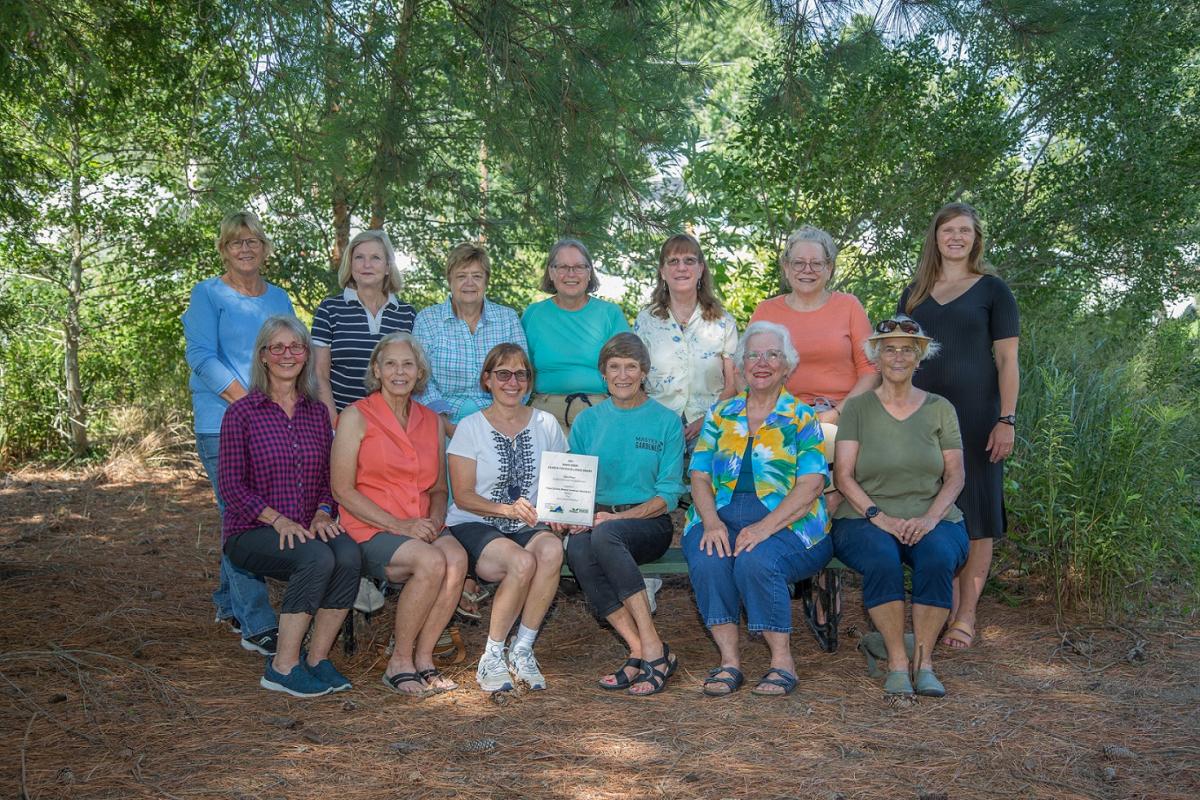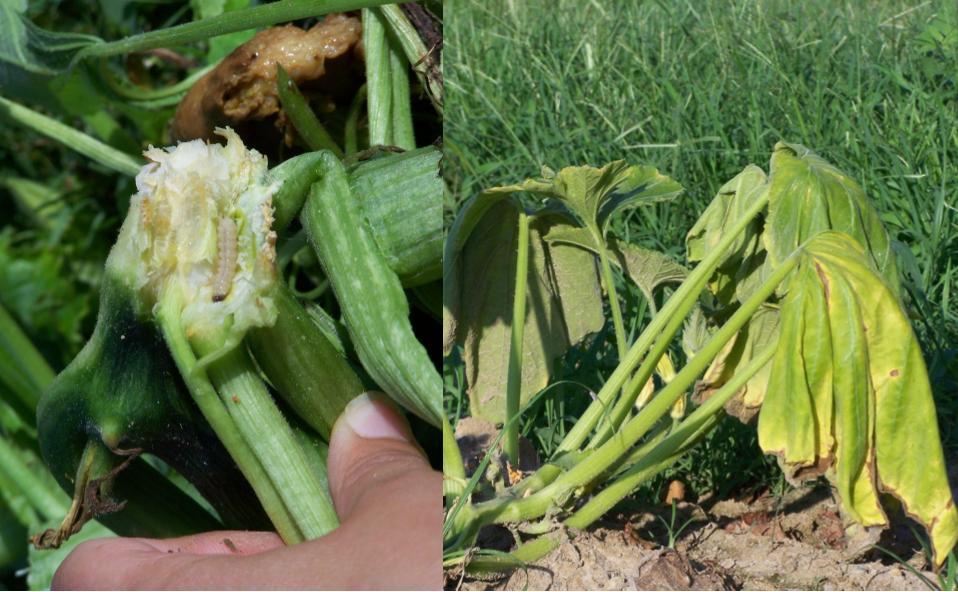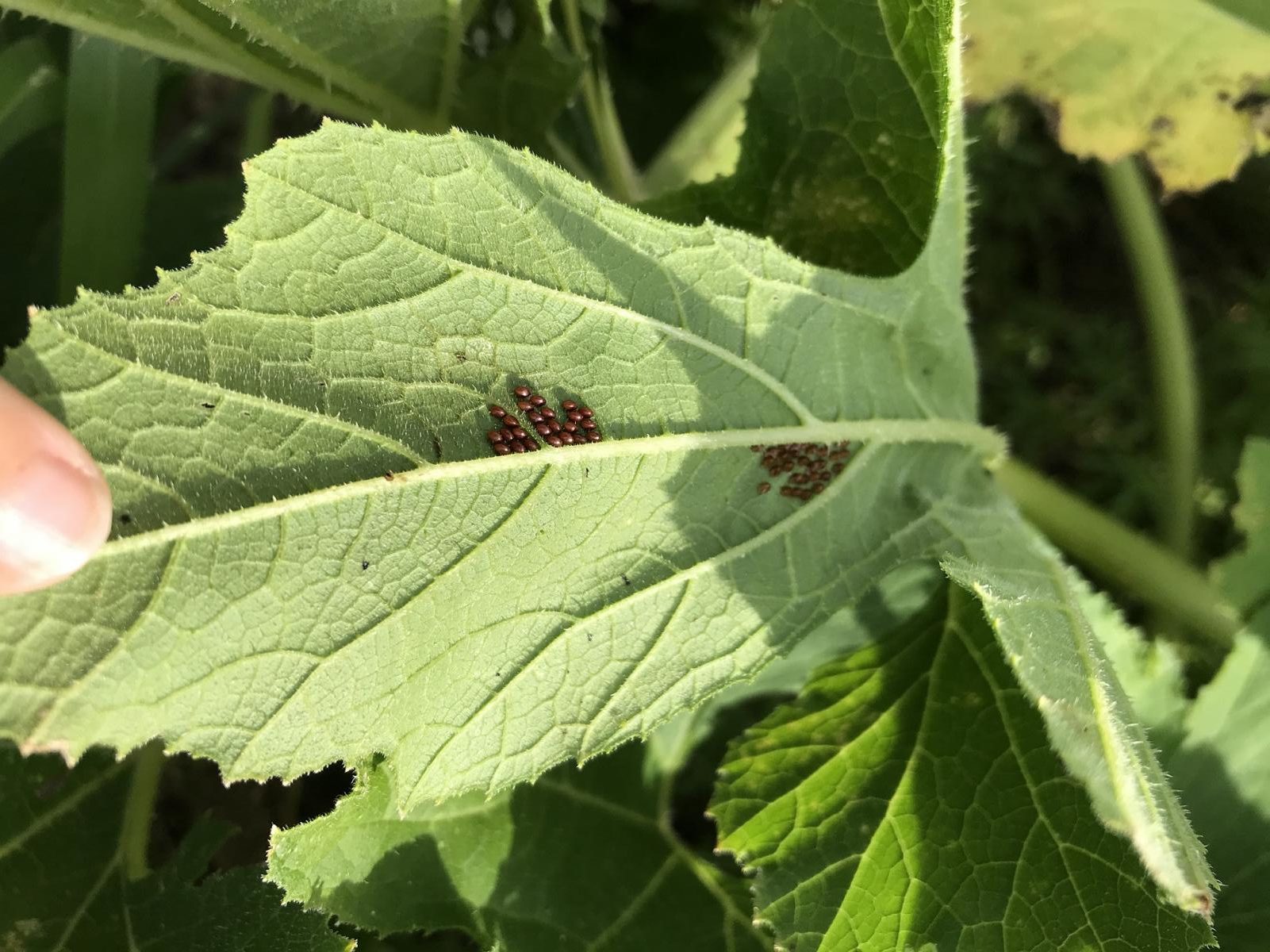Cooler temperatures and trees changing color signal the fall season and so does the Harvest Fair at the Talbot Agriculture and Education Center on October 24 from 11 a.m. to 5 p.m. at the Ag Center, 10659 Hiners Lane.
The free event offers 4-H youth another opportunity to enter exhibits such as farm crops and baked goods, but also welcomes the community to participate in numerous games, and activities to celebrate the fall season.
“We are excited be able to have another opportunity for families to come together after successfully holding an in-person Talbot County Fair in July,” said Amanda Clougherty, fair co-chair and an organizer of the event. “At the Harvest Fair, there’s going to be great games, food and learning activities for people of any age.”
Activities include pumpkin painting, bounce balls, a petting zoo, fall-themed carnival games, crafts, cake wheel, live and silent auction. A 50/50 raffle, sponsored by the Talbot County Farm Bureau, will be offered throughout the event.
A classic car cruise-in is also part of the day with local car owners proudly displaying their unique automobiles. Harvest Fair organizers invite anyone interested in displaying their classic car to come.
Craft vendors will be on hand, and food during the fair will be sold by Eternal Life Ministries. The event will close with a benefit pork dinner for $10 each, that will coincide with the live auction, featuring baked goods made by 4-H youth and handmade artisan baskets filled with goodies by local organizations.
Proceeds from the Oct. 24 Harvest Fair go toward keeping the Ag Center open and active in continuing its mission of supporting and promoting agriculture in Talbot County.
The Talbot Ag Center is a volunteer-based, non-profit entity operated by Easton Lions Club, Easton Ruritan Club, Talbot County 4-H Clubs, Talbot County Farm Bureau, Tri County Ruritan and the Easton FFA Chapter.
It’s main sources of revenue — facility rentals and fundraising events —took major hits in the COVID-19 pandemic and organizers said community support is vital as the Ag Center and groups like it work to stay open.
For more information, visit https://www.talbotagcenter.org/events.








 Photo: Squash bug eggs: These little copper eggs are often found on the underside of squash leaves and on stems. Eggs hatch in about 10 days, and nymphs mature in about four to six weeks. Both adults and nymphs hide under leaves when disturbed. (Photo credit: Rachel Rhodes)
Photo: Squash bug eggs: These little copper eggs are often found on the underside of squash leaves and on stems. Eggs hatch in about 10 days, and nymphs mature in about four to six weeks. Both adults and nymphs hide under leaves when disturbed. (Photo credit: Rachel Rhodes)
 In April, members of the Kent Island Garden Club gathered at the Stevensville American Legion to make spring baskets of appreciation for community workers who stayed on the job during the pandemic. Members personally delivered the baskets to those essential workers.
In April, members of the Kent Island Garden Club gathered at the Stevensville American Legion to make spring baskets of appreciation for community workers who stayed on the job during the pandemic. Members personally delivered the baskets to those essential workers.
 In a few weeks, we will celebrate the official start to summer on June 21st. For those of us in the Northern Hemisphere, the varieties of plants that you plant after this point will usually become fall crops. Here are some helpful tips to growing a successful garden as we transition from spring into summer.
In a few weeks, we will celebrate the official start to summer on June 21st. For those of us in the Northern Hemisphere, the varieties of plants that you plant after this point will usually become fall crops. Here are some helpful tips to growing a successful garden as we transition from spring into summer.
 Summer annual bulbs like gladiolus, tuberous begonias, cannas, caladium, and dahlias can be planted now.
Summer annual bulbs like gladiolus, tuberous begonias, cannas, caladium, and dahlias can be planted now.


 “Spring will come and so will happiness. Hold on. Life will get warmer.” -Anita Krizzan. It is officially spring, and it is time to dig out of the wet winter weather and get outside. Here are some helpful tips to get your garden started this season.
“Spring will come and so will happiness. Hold on. Life will get warmer.” -Anita Krizzan. It is officially spring, and it is time to dig out of the wet winter weather and get outside. Here are some helpful tips to get your garden started this season.
 When the Pandemic gripped the world in early 2020, the rates of gardening and purchasing backyard chickens soared. For many families, the uncertainty of finding staple foods at the grocery store gave way to the resurgence of raising backyard chickens and growing a garden. Likewise, with millions of Americans working from home, having a garden and raising a backyard flock not only provided a family activity but it also transitioned into a stress reliever. In this special episode, we are joined by the University of Maryland Extension Poultry Specialist Jon Moyle. We invited Jon to give the cockadoddledoo details on raising backyard chickens. Jon and Jenny cover information such as basic chicken biology, basic needs, and protocol for keeping poultry at home. More importantly, Jon discusses important facts homeowners should consider before taking on their own flock. To learn more about backyard flocks, visit the University of Maryland Extension
When the Pandemic gripped the world in early 2020, the rates of gardening and purchasing backyard chickens soared. For many families, the uncertainty of finding staple foods at the grocery store gave way to the resurgence of raising backyard chickens and growing a garden. Likewise, with millions of Americans working from home, having a garden and raising a backyard flock not only provided a family activity but it also transitioned into a stress reliever. In this special episode, we are joined by the University of Maryland Extension Poultry Specialist Jon Moyle. We invited Jon to give the cockadoddledoo details on raising backyard chickens. Jon and Jenny cover information such as basic chicken biology, basic needs, and protocol for keeping poultry at home. More importantly, Jon discusses important facts homeowners should consider before taking on their own flock. To learn more about backyard flocks, visit the University of Maryland Extension